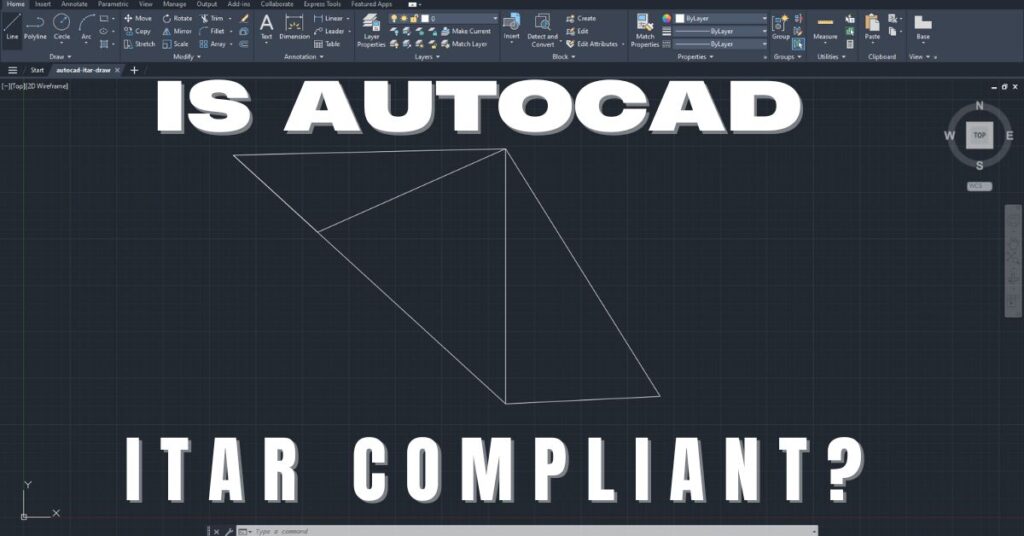Asset Management According to NIST SP 800-53: Securing Your Digital Inventory
In today’s rapidly evolving digital landscape, organizations face constant threats from cyberattacks. To safeguard sensitive information and maintain the integrity of their operations, effective asset management is crucial. The National Institute of Standards and Technology (NIST) Special Publication 800-53 provides comprehensive guidelines for information security, including an essential framework for asset management. In this blog post, we will delve into asset management according to NIST SP 800-53, aiming to equip organizations with the knowledge to fortify their digital inventory.
Understanding Asset Management According to NIST SP 800-53
Asset management refers to the systematic process of identifying, categorizing, and tracking an organization’s information assets. These assets can include hardware, software, data, personnel, and facilities, among others. NIST 800-53 emphasizes the importance of asset management as a fundamental pillar of a robust cybersecurity strategy.
- Asset Identification
The first step in effective asset management is identifying all assets within an organization’s network. This process involves creating a comprehensive inventory, including detailed descriptions of each asset and its purpose. This inventory should be regularly updated to reflect changes in the organization’s infrastructure.
- Asset Categorization
NIST 800-53 suggests categorizing assets based on their criticality and sensitivity to the organization. By classifying assets into different tiers, such as high, moderate, and low, organizations can allocate security resources effectively and prioritize protection efforts.
- Asset Ownership and Responsibility
Clear ownership and responsibility for each asset must be assigned. By designating individuals accountable for specific assets, organizations can ensure that security measures are applied and maintained consistently.
- Asset Lifecycle Management
Assets have lifecycles that encompass acquisition, deployment, maintenance, and disposal. NIST 800-53 emphasizes the importance of managing these lifecycles efficiently and securely. This involves assessing the risk associated with each stage and implementing appropriate safeguards.
- Access Control
Controlling access to assets is vital in preventing unauthorized access and potential data breaches. NIST 800-53 recommends implementing strong access controls based on the principle of least privilege. This means granting users the minimum level of access required to perform their tasks, reducing the attack surface.
- Continuous Monitoring
Asset management is an ongoing process that requires constant monitoring. NIST 800-53 emphasizes the significance of real-time monitoring to detect anomalies, potential threats, and changes to the asset inventory. This helps organizations respond promptly to any security incidents.
- Incident Response and Recovery
Even with robust security measures in place, incidents may still occur. Asset management according to NIST SP 800-53 requires tat organizations develop comprehensive incident response and recovery plans. These plans should outline the steps to be taken in the event of a security breach or asset compromise.
Conclusion
Adhering to the guidelines outlined in NIST 800-53 for asset management is paramount for organizations seeking to bolster their cybersecurity posture. By systematically identifying, categorizing, and protecting assets, businesses can mitigate the risk of cyber threats and data breaches. Remember that asset management is not a one-time effort; it requires continuous monitoring and adaptation to stay ahead of the ever-evolving threat landscape.
Adhering to asset management according to NIST SP 800-53 is a great cybersecurity strategy that will not only enhance your organization’s resilience against cyber threats but also demonstrate a commitment to safeguarding the trust of customers, partners, and stakeholders. Embrace asset management as a cornerstone of your cybersecurity framework, and build a more secure and resilient digital environment for your organization’s success.
Share in Social Media
See More Case Studies

Securing Defense Contracts: A DFARS 252.204-7012 Compliance Case Study
Discover how Cleared Systems helped a Federal Contractor successfully achieve DFARS 252.204-7012 compliance by strengthening its cybersecurity posture, giving it a competitive edge when bidding for DoD Contracts.

What is GCC High? For ITAR & CMMC 2.0
Microsoft 365 Government Community Cloud (GCC) High is a specialized cloud solution tailored for U.S. federal, state, local, tribal, and territorial government organizations, as well as for contractors who hold or process data subject to specific security regulations. In this article, we will explore the features, benefits, and differences between Microsoft 365 GCC High and other Office 365 offerings.

Is AutoCAD ITAR Compliant? A Comprehensive Guide for Defense Manufacturers
Defense contractors and manufacturers working with sensitive military technologies face a critical question when selecting computer-aided design software: Is AutoCAD ITAR compliant? This question becomes

How to Get Help in Windows: Guide to Security and Compliance Support
In today’s digital landscape, ensuring your computer systems are secure and compliant with industry regulations is essential for both businesses and individuals. Windows, as one

Microsoft Copilot for GCC High: Enhancing Security and Compliance
In today’s fast-evolving digital landscape, organizations that handle sensitive data, particularly those in government sectors or defense contractors, face growing pressure to maintain strict security
Partner with Us for Compliance & Protection
We’re happy to answer any questions you may have and help you determine which of our services best fit your needs.
Your benefits:
- Client-oriented
- Security
- Compliance
- Peace of mind
- Efficiency
- Trust
What happens next?
Schedule an initial meeting
Arrange a discovery and assessment call
Tailor a proposal and solution
